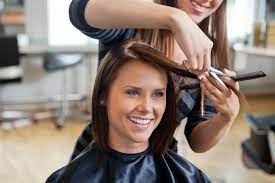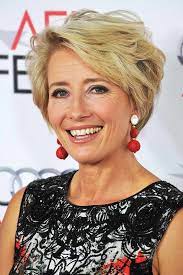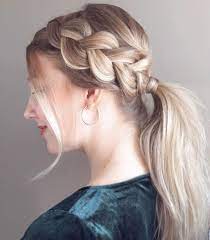
Hair-cutting techniques are vital for creating precise haircuts that suit various styles. Some methods are used to add texture while softening the lines of a cut.
Point cutting is an effective way to reduce density without significantly shortening hair length. It can be performed on all types of hair using scissors, shears, or clippers.
The scissor-over-comb technique is an easy and effective way to add texture. It involves using a comb to guide the blade of your scissors when cutting hair strands, preventing mistakes and achieving a seamless result. This technique is beneficial for long hairstyles and bobs.
The number of teeth on a cutting tool determines how hard or soft a cut will be. More teeth produce more muscular lines, while fewer teeth create lighter amounts. InvisiBlend shears, with 23 convex teeth, offer maximum softness.
Using a blade to remove facial hair, known as dermablading, has become popular. It can help achieve a healthy glow but is not recommended for sensitive skin. Proper management of forces is essential to minimize skin damage and pain.
Blades on the scalp allow for various styles, from soft to firm. This technique can be used in areas too short for finger guides, commonly practiced around ears or nape areas, resulting in diamond shapes at the bottom edge.
Layering adds texture and volume to your hair, creating an eye-catching silhouette. Layers look good on all hair lengths and can be styled in various ways. Visiting a professional stylist for optimal results and cutting assistance is recommended.
Choppy layers are a stylish option for short hair. They add drama and can be part of a bob or pixie cut, framing the face beautifully. Professional shears and techniques like slide, channel, and point cutting are used to achieve the perfect layered cut.

